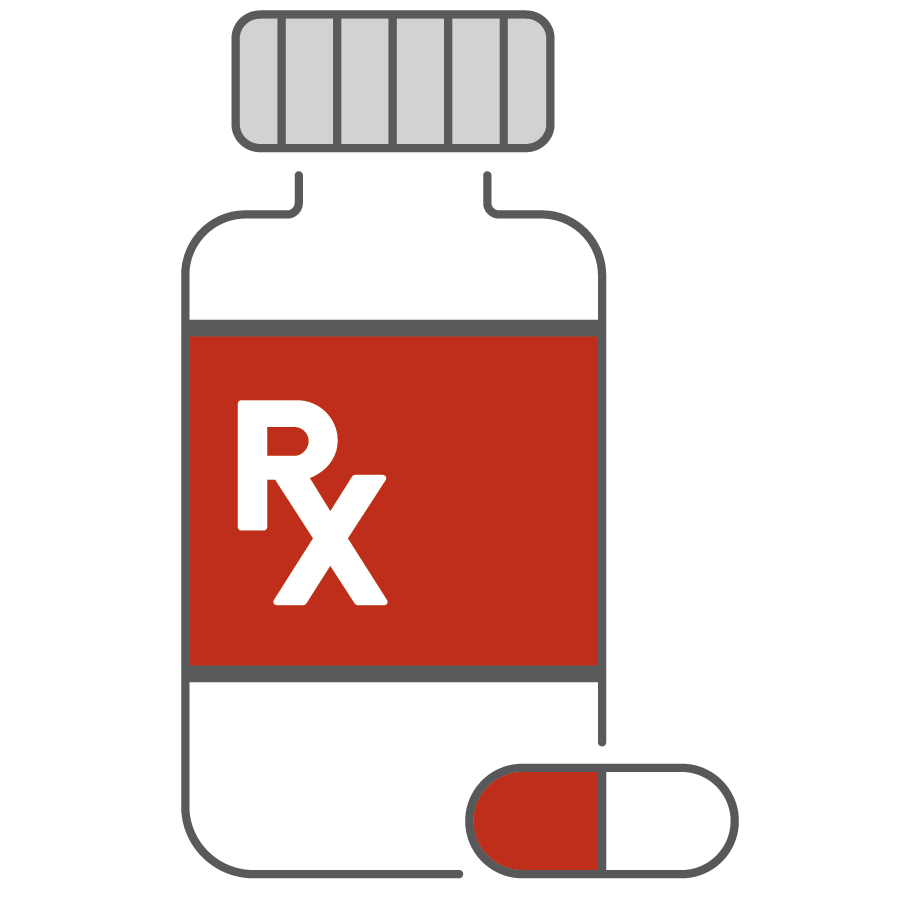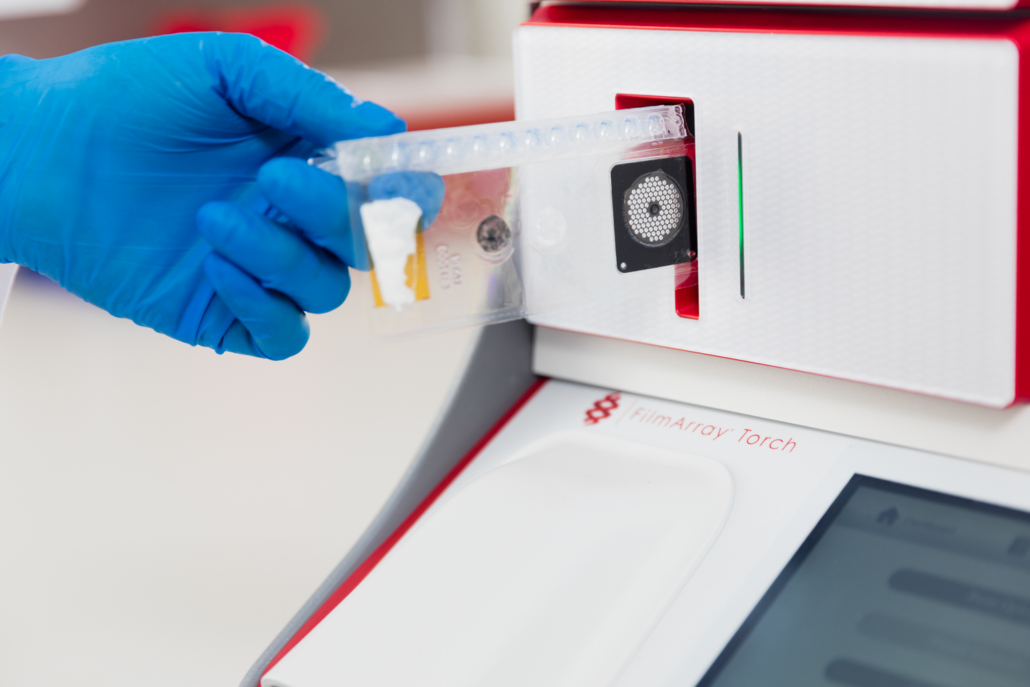World Pneumonia Day 2021
November 12 is World Pneumonia Day. Each year, this day is set aside to raise awareness about pneumonia—an infectious disease that claimed the lives of 2.5 million adults and children in 2019. This year, it has been projected that the COVID-19 pandemic and resulting disruptions to routine healthcare services around the world could add a staggering 1.9 million to this annual death toll.1
Keep reading to learn more about what pneumonia is, how infections can be prevented and treated, and why a syndromic approach to pneumonia diagnosis is more important and relevant than ever.

 What is pneumonia?
What is pneumonia?
Pneumonia is an infection of the lower respiratory tract that can be caused by bacteria, viruses, and fungi. Viral pneumonia occurs when a respiratory virus like influenza or SARS-CoV-2 spreads infection into the lungs. Bacterial pneumonia occurs when certain bacteria—such as organisms that typically colonize in the nose and throat, or atypical bacteria—infect the lungs. Fungi are not contagious and do not usually cause infection in healthy people, but if a patient’s immune system is already compromised, fungal pneumonia can occur.
Pneumonia symptoms and signs include cough, fever, shortness of breath, fatigue, and chest pain. People who are high-risk or who are experiencing severe symptoms, like difficulty breathing or a persistent high fever, should be evaluated by a doctor immediately.
How is pneumonia prevented, diagnosed and treated?
Some types of pneumonia, including pneumococcal pneumonia, can be prevented by widely available vaccines. Addressing issues like malnutrition, pre-existing conditions like HIV, and environmental factors like air pollution can also help prevent the onset and reduce the severity of pneumonia, especially for high-risk populations.
Pneumonia can be difficult to diagnose due to variable symptoms and multiple potential causative agents (American Lung Association website). Most frequently, medical history, physical examinations, and diagnostic tests are used in combination to determine the cause of the disease.
Treatment for mild pneumonia generally includes rest, hydration, and medication for fever or pain along with antimicrobial therapy. Depending on the cause and severity of the infection, hospitalization may be required.
Syndromic pneumonia testing can shorten the time to diagnosis
 With every pneumonia case, healthcare providers are faced with an immense clinical burden, especially with COVID-19 still in the mix. The BioFire® FilmArray® Pneumonia Panel targets 33 organisms and antimicrobial resistance genes in about an hour. In the BioFire® FilmArray® Pneumonia plus Panel MERS-CoV is added to the pathogen panel. These comprehensive menus encompass the most common causes of bacterial and viral infections, as well as antimicrobial resistance genes, to potentially aid in the faster diagnosis and subsequent treatment of pneumonia.
With every pneumonia case, healthcare providers are faced with an immense clinical burden, especially with COVID-19 still in the mix. The BioFire® FilmArray® Pneumonia Panel targets 33 organisms and antimicrobial resistance genes in about an hour. In the BioFire® FilmArray® Pneumonia plus Panel MERS-CoV is added to the pathogen panel. These comprehensive menus encompass the most common causes of bacterial and viral infections, as well as antimicrobial resistance genes, to potentially aid in the faster diagnosis and subsequent treatment of pneumonia.
Using PCR technology, the BioFire Pneumonia and Pneumonia plus Panels simultaneously and accurately detect the nucleic acids of all 33 or 34 targets instead of relying on the growth of viable organisms in culture. By delivering pathogen-specific results in about an hour, the BioFire Pneumonia and Pneumonia plus Panels may help shorten the time to optimal therapy, promote antibiotic discontinuation, and facilitate more efficient allocation of critical resources like ICU beds—all especially important benefits during a global pandemic.
Get informed on World Pneumonia Day |
Moving from empirical to early documented antibiotic therapy in ICU patients with pneumonia
Pr Pierre-François Laterre, MD - Head of the intensive Care Unit, University Hospital Saint Luc, Brussels, Belgium
